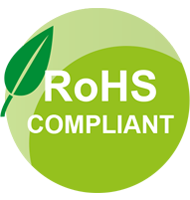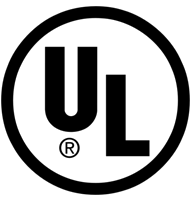-
 206-310-3624
206-310-3624
-
 support@pcbinternational.com
support@pcbinternational.com

Surface finishes form a crucial interface between the components to be mounted and the interconnection circuitry. As its most essential function, the final finish process is intended to provide exposed copper circuitry with a protective coating in order to preserve solderability. In a more expanded view, the final finish coating is required to meet dozens of functional criteria, including solderability, environmental, electrical, physical, and durability demands. The past decades have brought about a wholesale transformation in this segment of the industry – a wide variety of functional, environmental, engineering, cost, productivity, and failure mode issues have contributed to this frequent change.
Nonetheless, years of manufacturing experience and constant innovation has enabled PCB International to be a leading edge provider for all your surface finish needs. Including, but not limited to: HASL, ENIG (Immersion Gold), Organic solderability preservative (OSP), immersion silver, immersion tin, Electrolytic nickel/electrolytic gold, electroless gold, etc. Below lists the pros and cons of a number of the more popular surface finishes – most relevant in today's applications. We are pleased to offer all the above surfaces finishes at PCB International.
| Pro | Cons |
|---|---|
| Inexpensive | Environment Consequences |
| Cu/Sn solderjoint | Poor fine pitch assembly |
| Re-workable | Solder bridging |
| Widespread availability | Plugged PTH |
| Thermal damage to board | |
| Not Flat | |
| Thick intermetallics |
| Pro | Cons |
|---|---|
| Pb Free | Comparatively expensive |
| No copper dissolution | Brittle Ni/Sn solderjoint |
| Surface contacts | Signal loss at RF frequencies |
| Long shelf life | Black-pad, black-line nickel |
| Strong PTH "rivet" | Solder Mask "attack" |
| Fine pitch assembly | Not re-workable |
| Widespread availability | Comparatively complicated |
| Pro | Cons |
|---|---|
| Least expensive finish | Handling sensitive |
| Flat, fine pitch assembly | Poor PTH soldering |
| relatively simple process | Shorter shelf life |
| Widespread availability | Degrades with multiple reflow |
| Cu/Sn solderjoint | No direct thickness measurement |
| Pb free | High surface contact resistance |
| High productivity at fabrication | Not inspect able prior to assembly |
| Re-workable | Exposed copper on final assembly |
| Pro | Cons |
|---|---|
| Flat, fine-pitch assembly | Tarnish |
| Comparatively inexpensive finish | Attack at solder mask interface |
| No Pb | Dendrite formation |
| Re-workable | Exposed silver can corrode |
| Easy thickness measurement | Solder joint microvoid history |
| Excellent surface contact functionality | Handling Sensitive |
| No degradation with multiple soldering reflow | |
| High productivity at fabrication |
| Pro | Cons |
|---|---|
| Flast, fine-pitch assembly | Handling sensitive |
| Comparatively inexpensive finish | Solder mask attack |
| No Pb | Corrosion of Whiskers |
| Functionality | Difficult thickness measurement |
| Multiple reflow soldering | Degredation with time/heat |
| Less visible tarnish | Use of thiourea |
| Reworkable |




